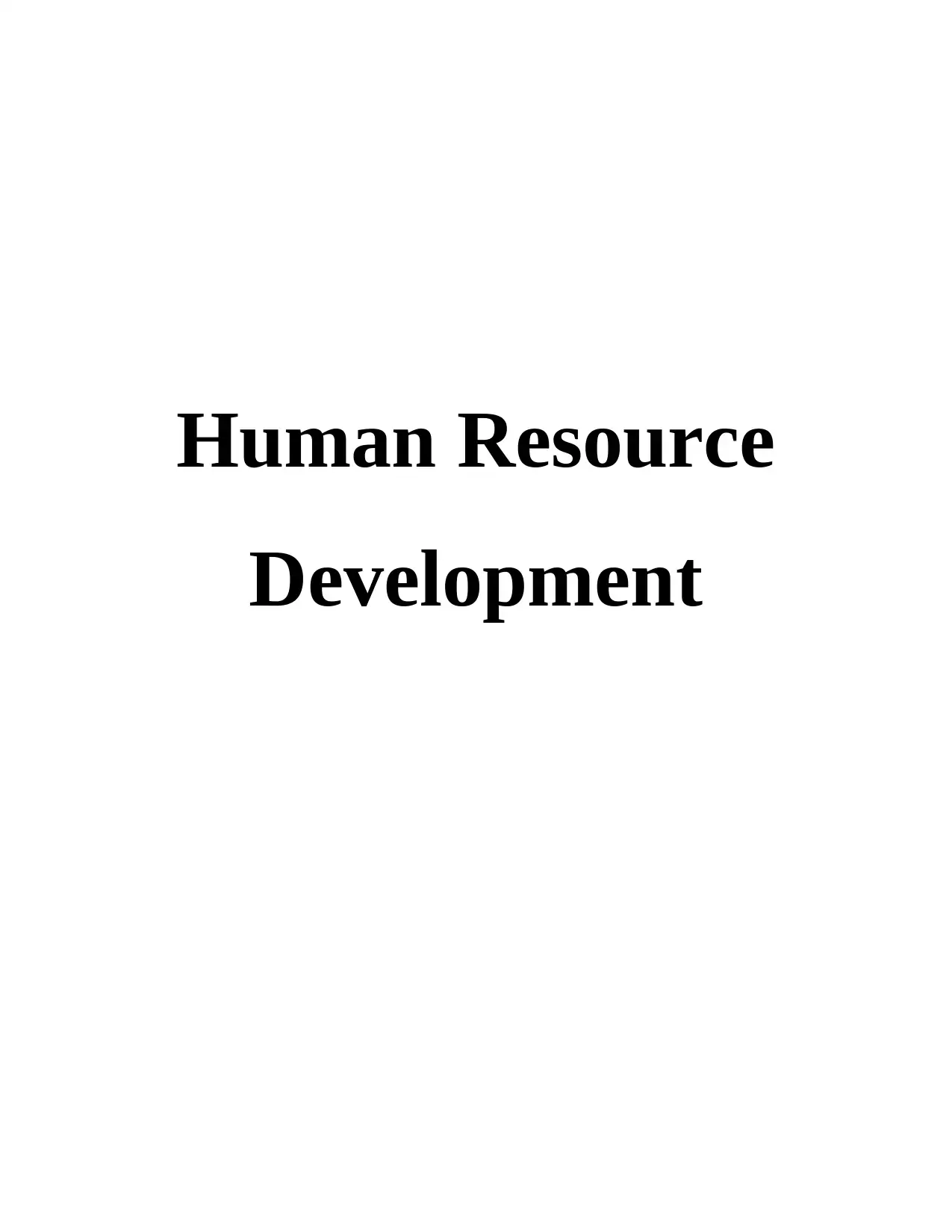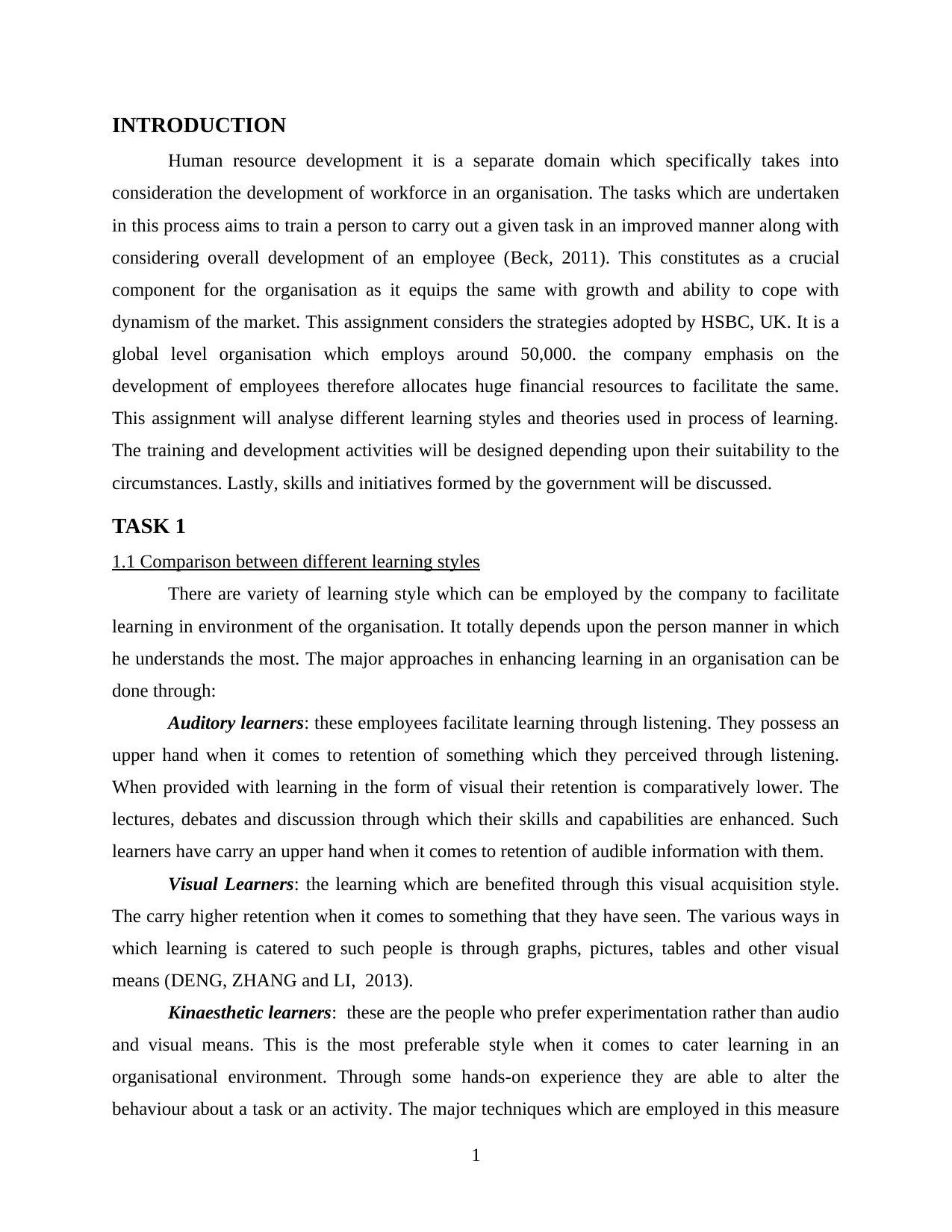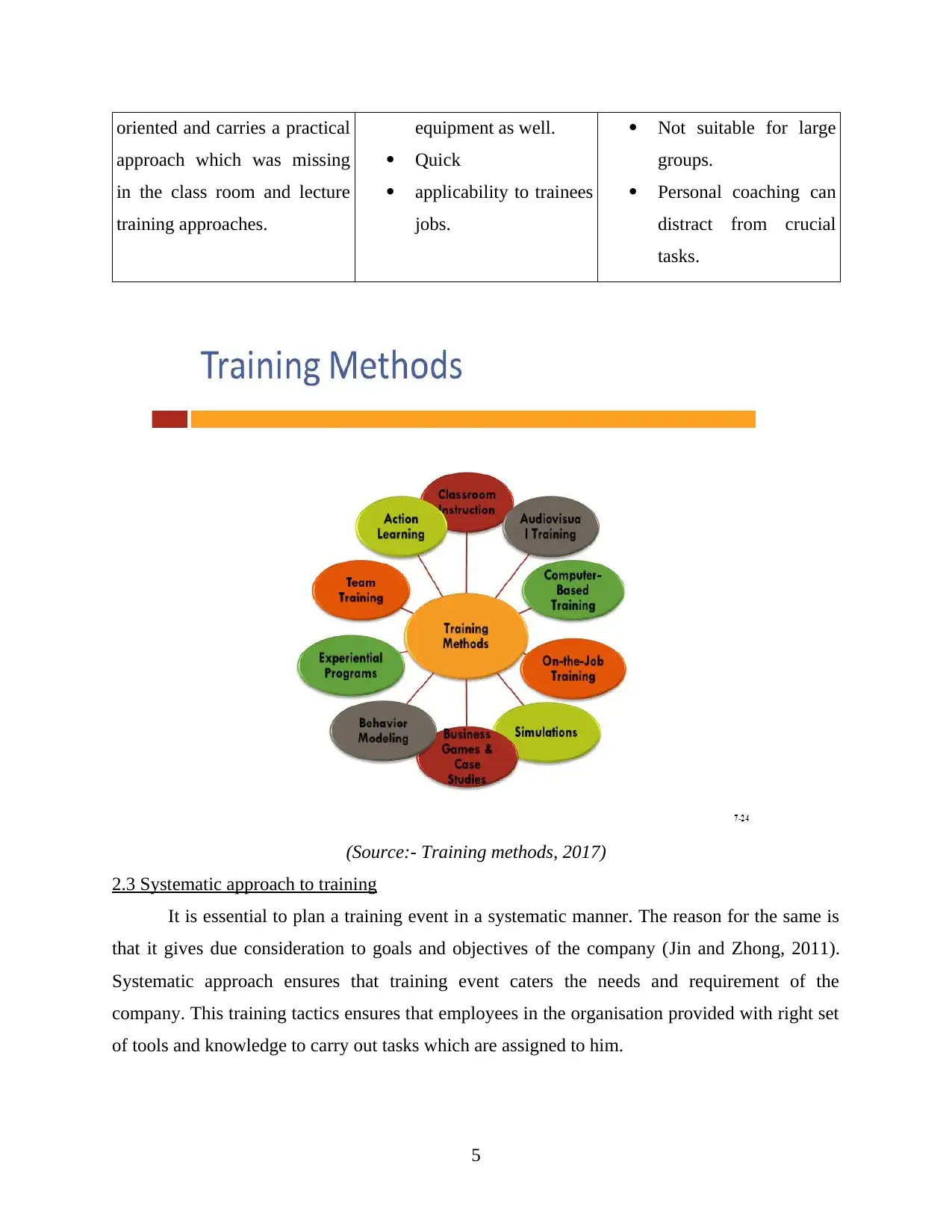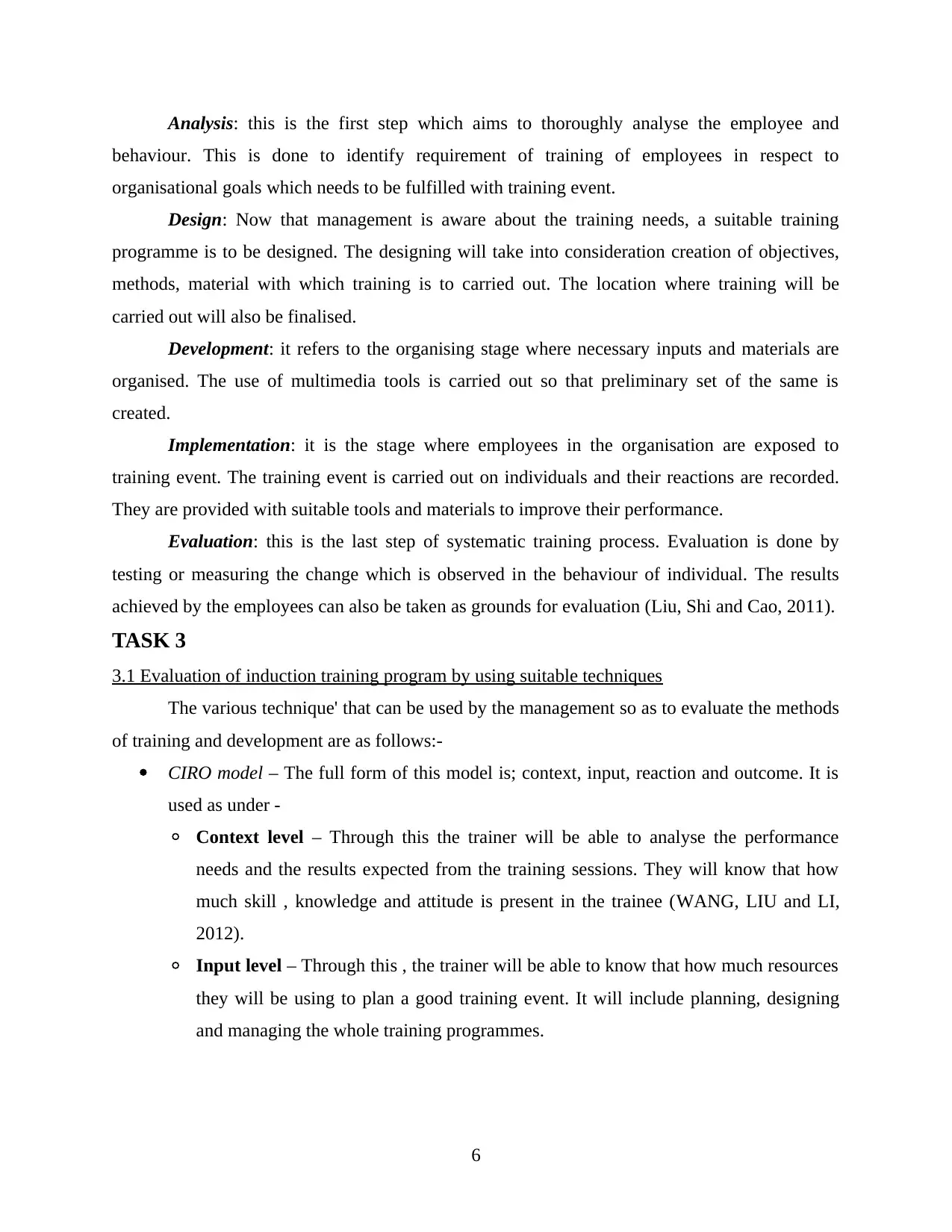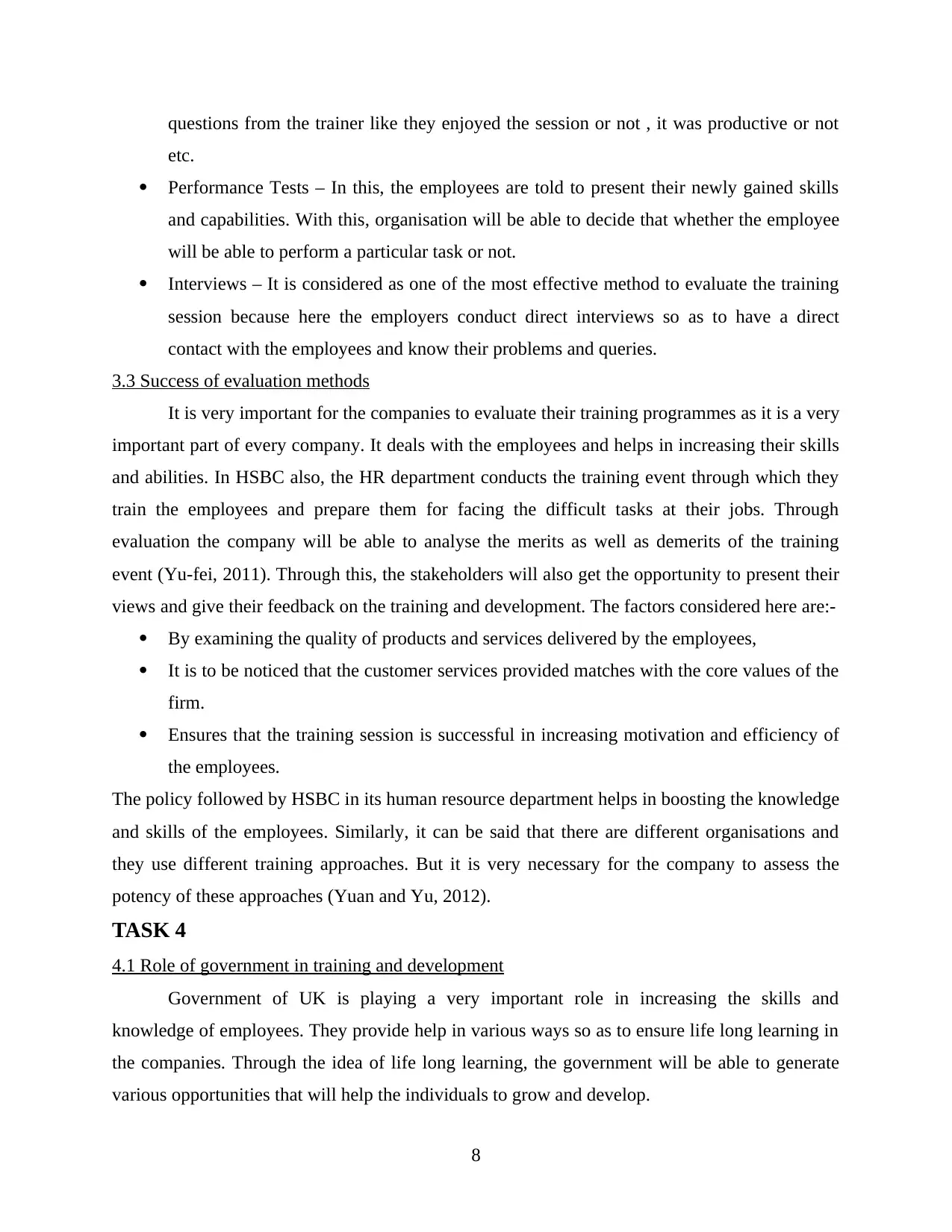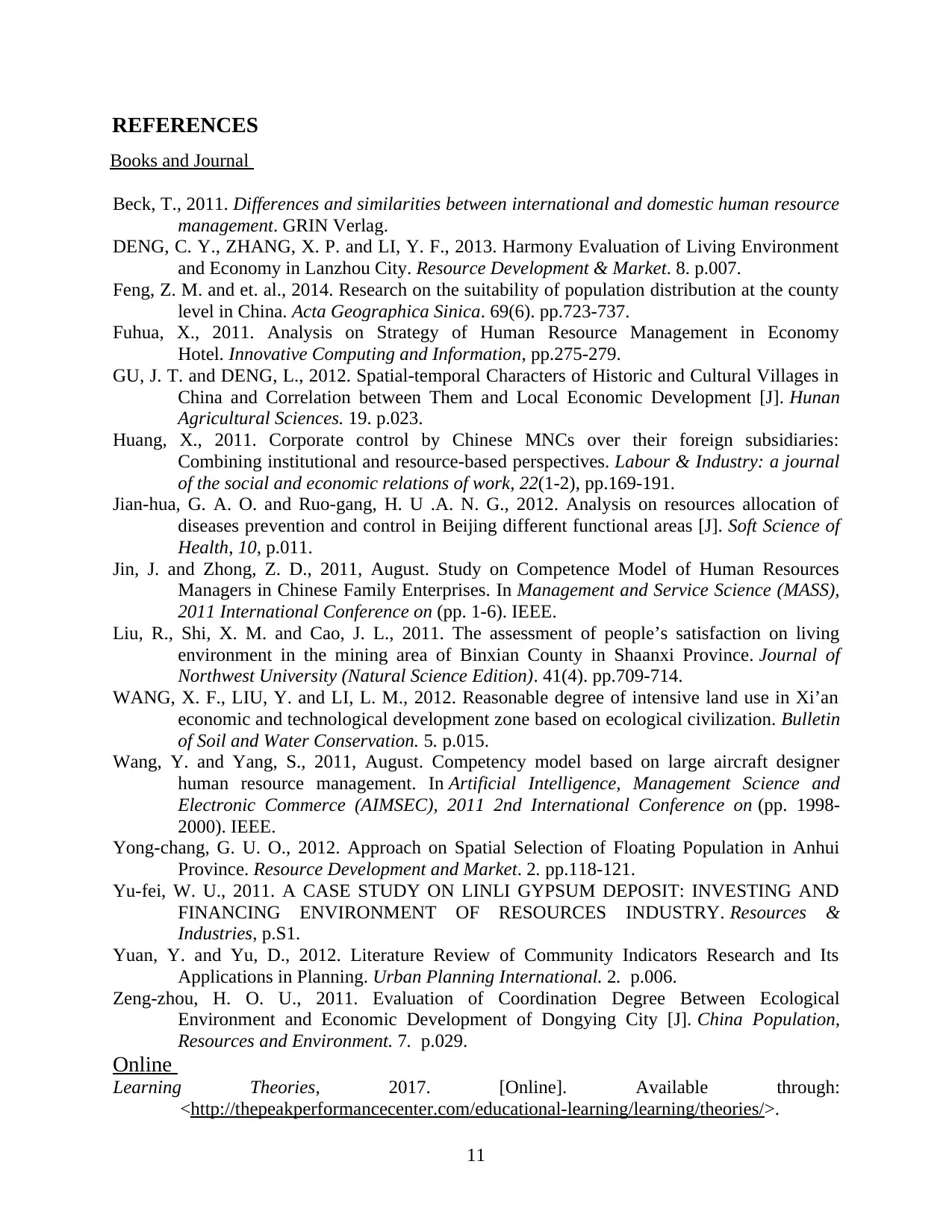This assignment involves analyzing various aspects of resource allocation, human resources management, and planning. It includes studying the competence model of human resources managers in Chinese family enterprises (Jin & Zhong, 2011), assessing people's satisfaction with their living environment in mining areas (Liu et al., 2011), exploring the reasonable degree of intensive land use based on ecological civilization (Wang et al., 2012), and examining the evaluation of coordination between ecological environment and economic development (Zeng-zhou, H.O.U., 2011). Additionally, it requires analyzing the approach on spatial selection of floating population in Anhui Province (Yong-chang, G.U.O., 2012) and reviewing literature on community indicators research and its applications in planning (Yuan & Yu, 2012). Furthermore, it involves understanding online learning theories and learning curves for contextual relevance.
![[object Object]](/_next/static/media/star-bottom.7253800d.svg)
![[object Object]](/_next/static/media/star-bottom.7253800d.svg)
